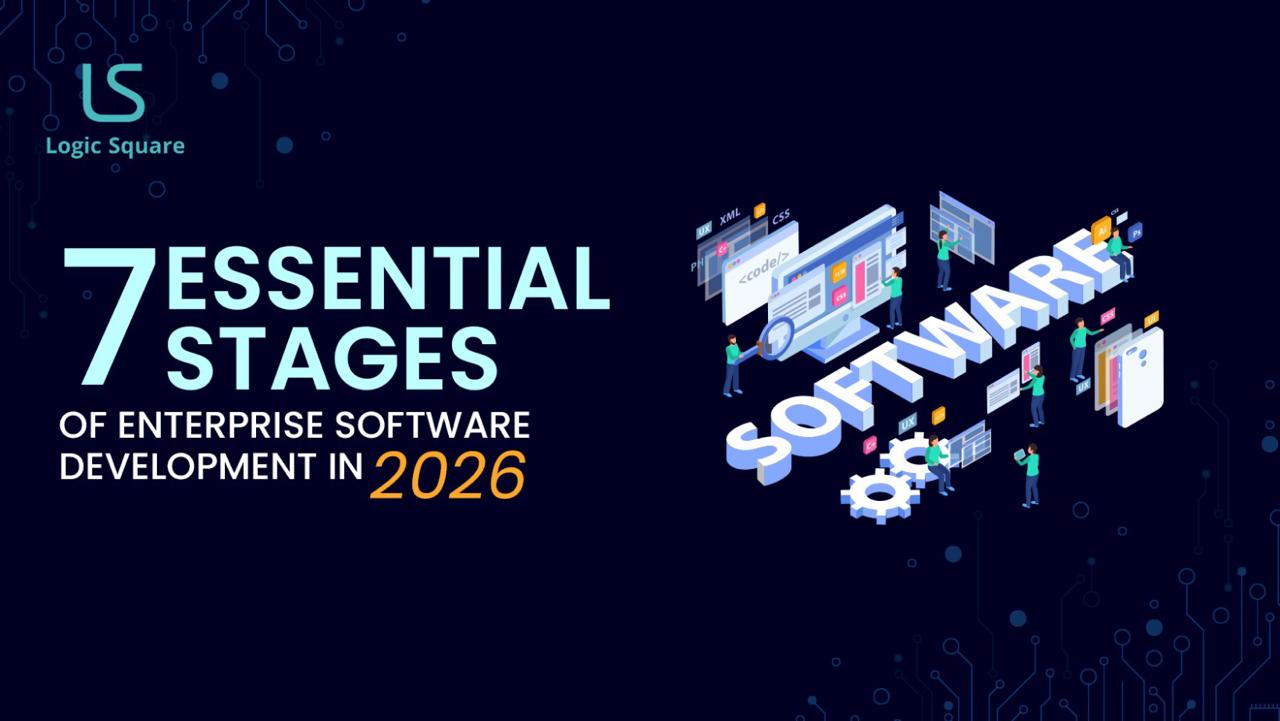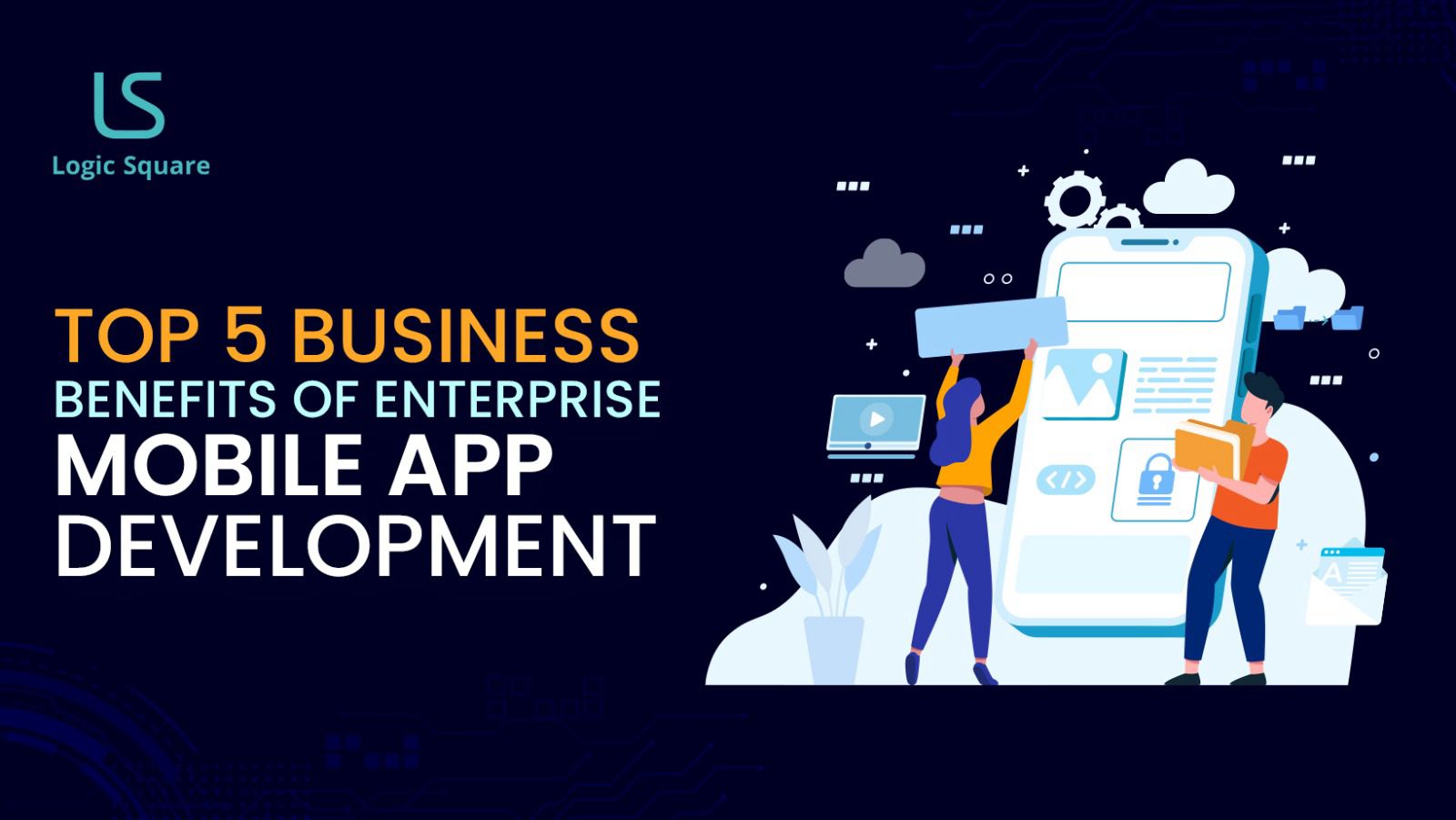Pair programming has come a long way since its early days as a co-located, two-person endeavor huddled around a single screen. It was traditionally seen as a practice for agile teams in the same physical space. With the rise of the distributed workforce and cloud-based tools, pair programming slowly evolved over the years. By the early 2020s, remote pair programming, often enabled through screen-sharing and collaborative IDEs, had become a staple element in software development.
Cut to the chase, in 2025, we are witnessing the next big leap – AI-driven, asynchronous programming. No longer bound by schedules and geographies, developers are collaborating with each other through AI copilots, anytime and anywhere. This shift isn’t only about convenience, but rather how it is fundamentally transforming the quality and speed of software development.
Table of Contents
ToggleWith shorter feedback cycles, enhanced code quality, and 24/7 productivity, asynchronous AI-assisted collaboration is all geared toward marking a new golden era for programming teams.
From Crisis to Catalyst: How COVID-19 Reshaped Pair Programming
The COVID-19 pandemic changed the scene for developers. Practically, overnight, companies had to fully adopt fully remote models. As they say, out of necessity comes innovation; developers embraced live coding sessions via Zoom, real-time collaboration in Visual Studio Code, and cloud-based platforms like Replit and Gitpod.
These tools mimicked co-located pair programming as closely as possible. They shared cursors, synced editors, and ensured constant communication. Even though teams discovered new possibilities, they also ran into challenges in the form of time zone mismatches, “Zoom Fatigue”, and difficulty establishing and maintaining long-term focus.
It eventually paved the way for a long-lasting cultural impact. How? Remote work went from being a temporary solution to a permanent strategy. This era unfolded new chapters – asynchronous communication, document-first thinking, and automation. These laid the groundwork for today’s AI-powered asynchronous pairing.
The Rise of Asynchronous AI Pair Programming
AI pair programming in 2025 is no longer restricted to smart autocompletion. These days, tools are capable of providing proactive, context-aware assistance that aligns with how developers work.
This shift is best illustrated by the evolution of platforms such as:
- GitHub Copilot X: Now offers voice-assisted coding, in-line explanations, and code reasoning.
- Amazon CodeWhisperer: Tailors suggestions based on secure enterprise codebases.
- Tabnine: Custom-trains models for your own repositories, offering context-rich suggestions.
What sets these tools apart in 2025? Their ability to collaborate asynchronously. Have you ever imagined reviewing a teammate’s code with AI summarizing the logic, proposing scopes for improvements, and flagging anti-patterns? It’s now a reality. You can get them all even before you get online. Even if you wish to hand off a half-finished module at midnight, rest assured, your co-developer in another time zone will pick it up seamlessly.
These days, AI copilots not only function as assistants but also as guardians of context. This helps maintain continuity across handoffs, reduces rework, and enables fluid collaboration.
Breaking the Time Barrier: Working Without Waiting
Traditional pair programming relies heavily on synchronous communication, where both developers need to be online, focused, and in sync at the same time. That’s increasingly impractical in global teams.
On the contrary, asynchronous AI pair programming eliminates the need for overlapping hours. As a result, developers can contribute to the same piece of code across multiple time zones, with AI copilots managing continuity with precision.
AI ensures that context is preserved through natural language comments, code change tracking, and embedded decisions. This leads to what some call “infinite loop” collaboration. When one developer sleeps, the other works – and the AI monitors and keeps track of everything. It surfaces decisions and pending questions for review later.
To simplify, it’s not just about collaboration without borders. It’s a collaboration without clocks. How cool is that?
Real-Time Monitoring and Feedback Without the Push
The shift away from pull request-driven deployment is one of the most revolutionary aspects of 2025’s workflow. In mature teams using advanced AI tools, small iterations don’t need to be “pushed” or explicitly reviewed.
AI assistants are now capable of monitoring code changes in real time, offering suggestions silently and with absolute continuity. If a particular pattern needs refactoring, in case a new function lacks test coverage, or if documentation goes missing, the AI intervenes immediately and takes charge of the situation instead of waiting for a human reviewer.
But that certainly doesn’t mean bypassing quality checks. This means that high-trust teams can move faster and allow AI to handle much of the routine oversight. It’s a frictionless feedback loop – always on, always available.
The Role of Trust and Team Maturity in Asynchronous Success
The success of AI-augmented pair programming hinges on team maturity and trust. Fragmented or inexperienced teams may struggle to reap the rewards without solid foundations in place. Mature teams create workflows that assume shared ownership and responsibility of code, common conventions and clear documentation. They don’t use AI as a crutch but as a multiplier. It helps in speeding up the development process without sacrificing quality. When everyone writes clean, testable code and communicates intent clearly, the AI steps in to amplify productivity.
Developers don’t need micromanagement or hand-holding in these environments. The trust they place in each other and the way they rely on the tools’ potential allow the team to operate smoothly, even when collaborations are offline.
Challenges and Considerations
A system with trade-offs is a myth. They have their fair share of challenges and limitations. The significant shift to AI-driven, asynchronous pair programming presents several critical challenges, such as:
- Onboarding Criticality: New hires require human guidance and interaction to understand their team culture, workflow, and expectations.
- AI Assistance Can’t Handle All Tasks: There are a few things that still require human judgment – for example, taking strategic architectural decisions, using sensitive logic or ideating experimental features.
- Tool Limitations: Tools can, at times, hallucinate, misinterpret contexts, or end up over-correcting codes unnecessarily.
- Overreliance: If teams solely rely on AI suggestions without critical thinking, quality can suffer in the long run.
Thus, it is important to maintain a fine balance between automation and intentionality. Developers must remain in the loop both as mentors to junior teammates and decision makers.
Looking Ahead: What’s Next for AI-Augmented Collaboration
If today’s AI copilots are partners, we could see them becoming third team members in the upcoming days. It is predicted that AI agents will not just assist with syntax but also offer architecture suggestions, test plan strategies, or even flag inconsistent business logic based on product requirements.
We are also experiencing the beginning of cross-functional AI collaboration. Designers are leveraging AI to generate code-ready components from mockups. Testers use them to write coverage-focused tests as well. Guess what? Even product managers are jumping in and using natural language prompts to explore new possibilities.
The idea isn’t to replace developers, but rather to augment them across the stack, thus giving them more time for critical and creative thinking tasks that machines can’t replicate.
Conclusion: Embracing the Future of Pair Programming
In 2025, pair programming is all set to pen down a story of transformation. What began as two people at one keyboard has become a global, always-on collaboration, powered by AI, optimized for flexibility, and driven by trust.
Apart from saving time, the model elevates what development teams are capable of. With context-aware copilots, asynchronous workflow and continuous feedback loops, teams can move faster and function more productively than ever before.
So, the idea is to start small, pilot AI tools, experiment with asynchronous reviews, and gradually evolve your practices.
Ready For The Big Leap?
The future of pair programming is already here. Are you ready to harness it? Whether you’re part of a startup or an enterprise team, now is the time to explore AI-assisted collaboration. Let LogicSquare be your friend and philosopher.
You are only a few clicks away from turning every idea into revolutionary realities. Connect with us anytime to collaborate, co-create, and contribute to bigger goals and aspirations.





